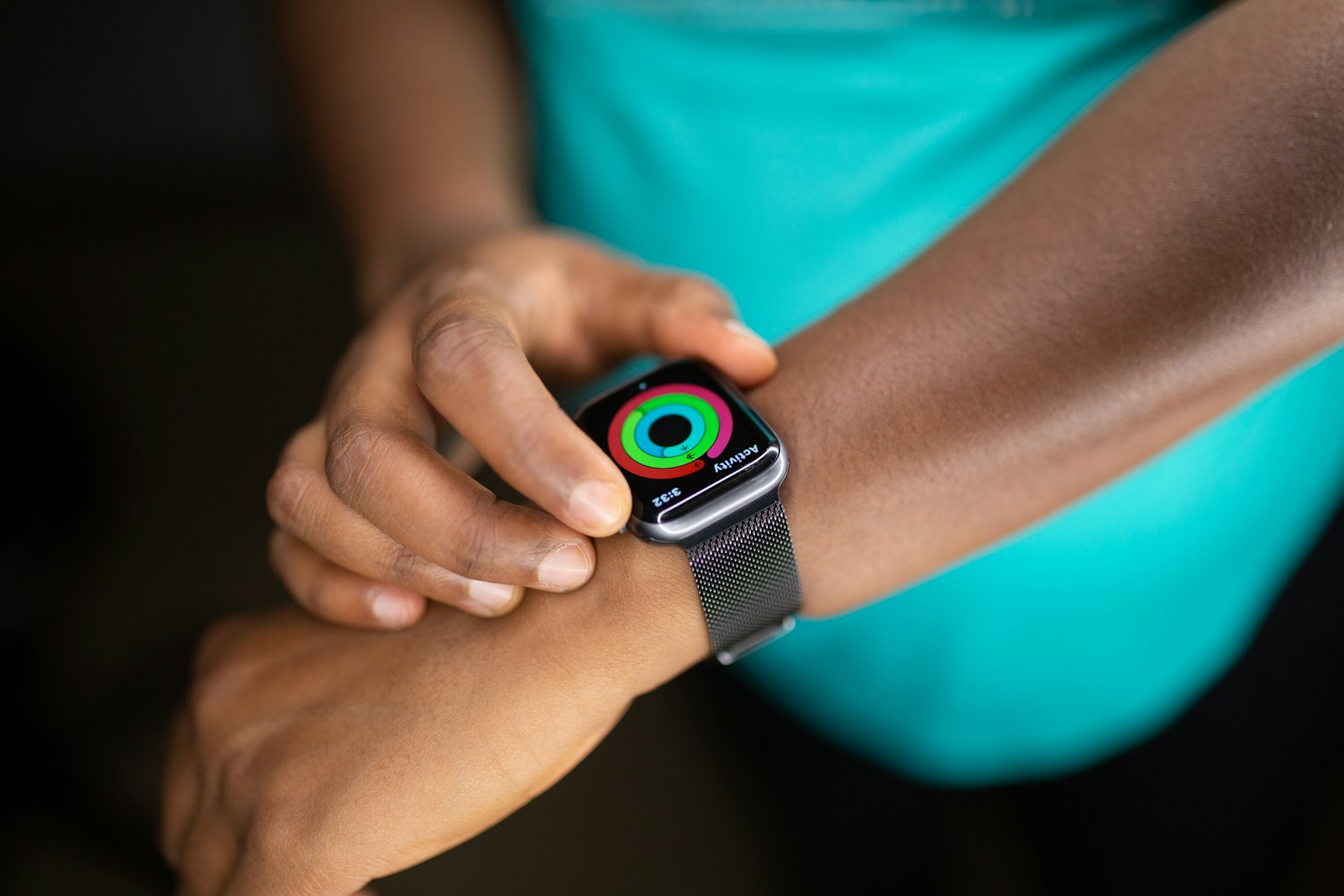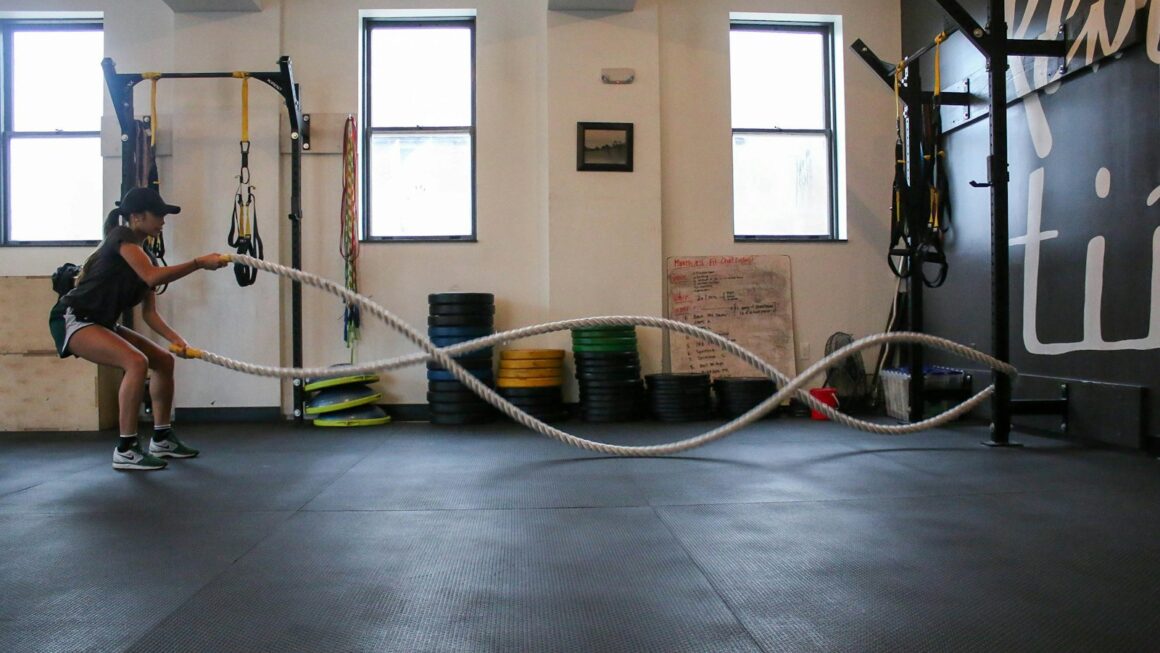High-Intensity Interval Training (HIIT) has taken the fitness world by storm in recent years, becoming a popular choice for those looking to maximize their workout efficiency.
This workout style involves short bursts of intense exercise followed by brief periods of rest or lower-intensity movements. The key principle behind HIIT is to elevate the heart rate rapidly and then allow for recovery, creating a cycle that enhances cardiovascular fitness and torches calories. With its time-saving benefits and proven results, HIIT has become a staple in many exercise routines, appealing to individuals seeking a quick yet effective way to improve their overall fitness levels.
One of the main reasons HIIT has gained widespread popularity is its ability to deliver significant fitness gains in a relatively short amount of time. Research suggests that HIIT can boost metabolism, increase endurance, and improve heart health more efficiently than traditional steady-state cardio exercises. Additionally, the post-exercise calorie burn, known as excess post-exercise oxygen consumption (EPOC), is elevated after HIIT sessions, making it an attractive option for individuals looking to maximize calorie expenditure even after completing their workout. This combination of time efficiency and effectiveness has solidified HIIT as a go-to workout choice for many fitness enthusiasts striving to achieve their health and wellness goals.
Understanding the Science Behind HIIT
High-Intensity Interval Training (HIIT) has gained popularity in the fitness world due to its efficiency in producing significant results in a short amount of time. The science behind HIIT lies in its ability to push the body to its limits through alternating periods of intense exercise and brief rest or lower-intensity recovery periods. This intense cycle challenges the cardiovascular system and muscles, leading to increased calorie burn both during and after the workout, known as excess post-exercise oxygen consumption (EPOC).
During HIIT, the body experiences a phenomenon called “metabolic adaptation,” where the heart rate spikes rapidly during the high-intensity intervals, forcing the body to work harder to replenish oxygen stores and repair muscle tissue post-exercise. This process triggers the body to continue burning calories at an elevated rate even after the workout has ended. Additionally, HIIT has been shown to improve aerobic and anaerobic fitness levels, enhance metabolism, and promote fat loss while preserving muscle mass, making it a popular choice for individuals looking to maximize their workout efficiency.
Benefits of HIIT for Fitness Enthusiasts
High-Intensity Interval Training (HIIT) has gained immense popularity among fitness enthusiasts for its efficiency in delivering results in a shorter period. One of the significant benefits of HIIT is its ability to boost metabolism, allowing the body to continue burning calories even after the workout is completed. This phenomenon, known as excess post-exercise oxygen consumption (EPOC), helps in maximizing calorie burn throughout the day, making it an attractive option for those with busy schedules looking to make the most of their workout time.
Furthermore, HIIT has been shown to enhance cardiovascular health by improving heart rate variability, increasing VO2 max, and lowering blood pressure levels. The varied intensity levels in HIIT workouts challenge the cardiovascular system in a way that traditional steady-state cardio exercises do not, leading to improved endurance and overall heart health. Additionally, HIIT has been linked to better insulin sensitivity, making it a beneficial training method for individuals looking to manage blood sugar levels and reduce the risk of developing type 2 diabetes.
Incorporating Wearable Technology into Your Fitness Routine
Wearable technology has made significant strides in the fitness world, offering individuals the ability to track their physical activity, monitor their health metrics, and enhance their overall workout experience. Incorporating wearable devices into your fitness routine can provide valuable insights into your performance, allowing you to make data-driven decisions to optimize your workouts.
From smartwatches that monitor heart rate and calories burned to fitness trackers that count steps and measure sleep patterns, wearable technology offers a plethora of options to individuals looking to take their fitness to the next level. By leveraging the data collected by these devices, you can gain a deeper understanding of your body’s responses to different types of exercise and tailor your workouts to achieve maximum results.
The Evolution of Fitness Wearables
Fitness wearables have come a long way since their humble beginnings. Initially designed for basic functions like tracking steps and calories, these devices have evolved significantly in recent years. The evolution of fitness wearables has seen them incorporate advanced features such as heart rate monitoring, GPS tracking, and even sleep analysis, providing users with a comprehensive overview of their daily activities and health metrics.
The design of fitness wearables has also undergone a transformation, with sleeker and more ergonomic models becoming the norm. Manufacturers have focused on creating devices that are not only functional but also aesthetically pleasing, appealing to a broader range of users. Additionally, the integration of smart technology and compatibility with smartphones has enhanced the usability and convenience of fitness wearables, making them an indispensable tool for individuals looking to lead a healthier lifestyle.

How Wearables Can Enhance Your Workouts
Wearable technology has revolutionized the way we approach fitness, offering us real-time insights into our workouts like never before. These sophisticated devices, ranging from smartwatches to fitness trackers, can gather data on metrics such as heart rate, steps taken, calories burned, and even sleep patterns. By providing users with accurate and detailed information, wearables empower individuals to make informed decisions about their fitness routines, enabling them to tailor their workouts for optimal results.
In addition to tracking essential fitness metrics, wearables offer features such as workout guidance, goal setting, and progress monitoring. With the ability to set specific targets and receive notifications when goals are met, individuals can stay motivated and accountable throughout their fitness journey. Moreover, wearable technology can analyze workout patterns over time, allowing users to identify areas for improvement and make adjustments to their routines accordingly. By leveraging these advanced capabilities, individuals can enhance the effectiveness of their workouts and maximize their fitness potential.
Tracking Progress with Wearable Fitness Devices
Wearable fitness devices have revolutionized the way individuals track their progress and performance in workouts. These innovative gadgets provide real-time data on various metrics such as heart rate, calories burned, steps taken, and even sleep patterns. By wearing these devices during exercise routines, users can easily monitor their fitness levels and make informed decisions to reach their health goals efficiently.
The ability to see tangible results and trends over time through wearable fitness devices can be a powerful motivator for individuals striving to improve their physical well-being. By analyzing data such as workout intensity, recovery times, and overall activity levels, users can make adjustments to their fitness routines for optimal performance and results. With the convenience and accessibility of tracking progress through wearable technology, individuals are empowered to take control of their health and wellness journey effectively.
Challenges and Limitations of Fitness Wearables
One of the primary challenges encountered with fitness wearables is the issue of accuracy. While these devices have advanced significantly in terms of technology, there are still limitations when it comes to providing precise data. Factors such as movement artifacts, incorrect placements of the device, or even individual variances can affect the accuracy of the information recorded by the wearables.
Another limitation to consider is the reliability and consistency of data provided by fitness wearables. Users may experience discrepancies in data readings between different devices or even within the same device over time. This can lead to confusion and uncertainty regarding the effectiveness of their workouts or progress tracking. As the technology continues to evolve, addressing these challenges will be crucial in maximizing the benefits of fitness wearables for users.
Integrating HIIT and Wearables for Optimal Fitness Results
When it comes to achieving optimal fitness results, integrating high-intensity interval training (HIIT) with wearable technology has become a popular strategy among fitness enthusiasts. HIIT workouts, known for their short bursts of intense exercise followed by brief rest periods, have been shown to effectively improve cardiovascular health, boost metabolism, and increase overall fitness levels. By combining the structured intensity of HIIT with the real-time feedback and tracking capabilities of wearable devices, individuals can take their fitness routines to the next level.
Wearable technology such as fitness trackers, smartwatches, and heart rate monitors can enhance HIIT workouts by providing valuable data on heart rate, calories burned, distance covered, and workout duration. This data allows individuals to monitor their progress, set goals, and make informed decisions about their training intensity and recovery. By leveraging the power of wearable technology, users can stay motivated, track their performance, and optimize their HIIT sessions for maximum efficiency and results.
Future Trends in Fitness Technology and Innovation
As we move into the future, the realm of fitness technology continues to expand and innovate at a rapid pace. One of the key trends emerging is the integration of artificial intelligence (AI) into fitness devices. AI-powered fitness platforms can provide personalized workout recommendations, analyze performance data, and offer real-time coaching to help users optimize their training sessions. This advancement in technology not only enhances the effectiveness of workouts but also offers users a more tailored and interactive fitness experience.
Another exciting trend on the horizon is the incorporation of virtual reality (VR) technology into fitness routines. VR fitness programs can transport users to immersive virtual environments, making workouts more engaging and entertaining. By providing a stimulating workout environment, VR technology has the potential to increase motivation and adherence to exercise regimens. Additionally, VR can be used for virtual fitness classes, enabling users to participate in group workouts from the comfort of their own home.



